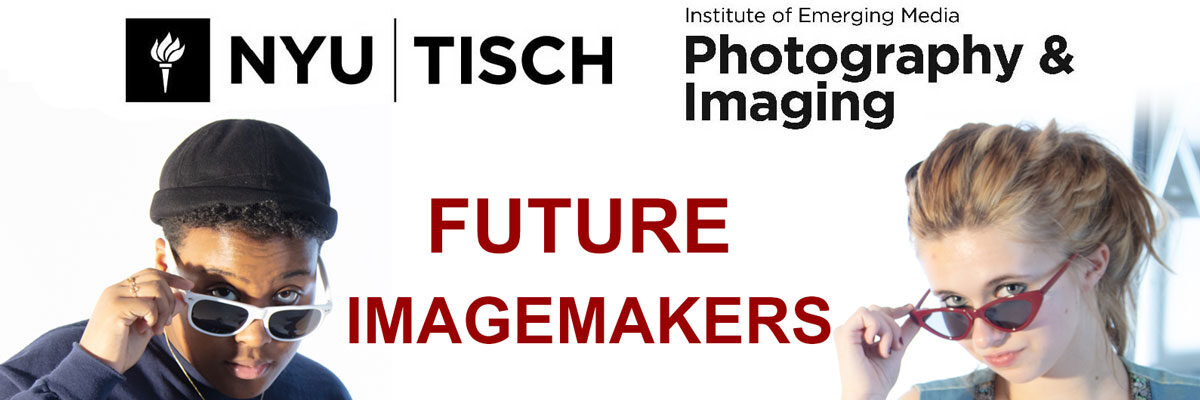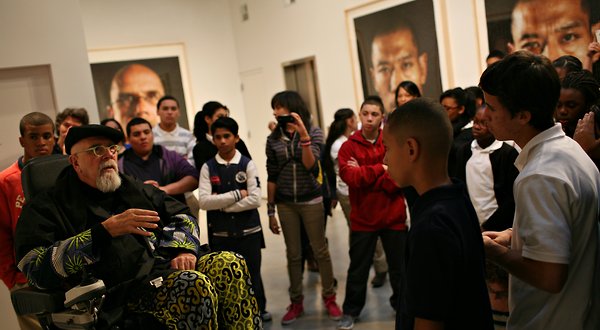Great resources about visual literacy from Aperture
Visual Literacy Defined – The Results of a Delphi Study: Can IVLA (Operationally) Define Visual Literacy
Jennifer M. Brill, Dohun Kim, Robert Maribe Branch, PHD; Journal of Visual Literacy, Spring 2007
“Chapter 3: Visual Literacy,” from MEDIA LITERACY in the K–12 Classroom
Frank W. Baker, International Society for Technology in Education
Download the PDF: Part 1 Part 2 Part 3 Part 4 Part 5
The Visual Literacy White Paper
Dr Anne Bamford. Director of Visual Arts. Senior Lecturer in Interactive Media, Art and Design University of Technology Sydney
Visual Thinking Strategies
Visual Thinking Strategies (VTS) is a method initiated by teacher-facilitated discussions of art images and documented to have a cascading positive effect on both teachers and students. It is perhaps the simplest way in which teachers and schools can provide students with key behaviors sought by Common Core Standards: thinking skills that become habitual and transfer from lesson to lesson, oral and written language literacy, visual literacy, and collaborative interactions among peers.
Learning in the Arts and Student Academic and Social Development




